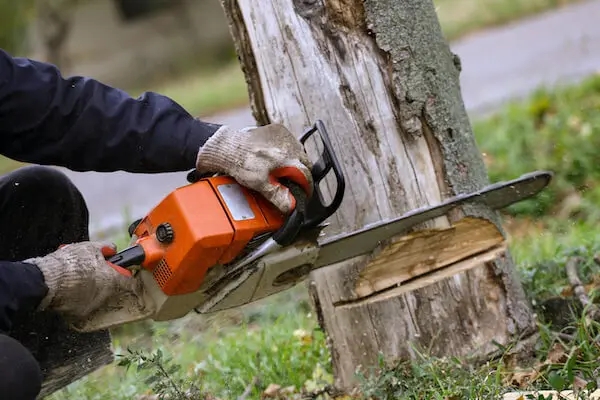Is Tree Removal Really Worth the Cost? Here’s What You Need to Know
Tree removal isn’t just about clearing space—it’s about safety, compliance, and long-term savings. With prices ranging from $300 to over $5,000 in Canada, understanding what affects costs and how to choose the right service can help you save big and avoid future problems.
What Affects Tree Removal Costs in Canada?
Tree removal costs in Canada depend on multiple factors. Tree size, species, and location all play major roles. For instance, a large oak tree near power lines or a house will cost significantly more than a small birch in an open yard. Accessibility is another key factor—trees in backyards or near buildings require more equipment and labour. Tree removal may cost as little as $300 or exceed $5,000. Species matters too—dense hardwoods take more time to remove than softwoods. Scheduling tree removal during off-peak months like late fall or winter often leads to discounts, especially in cities like Vancouver or Calgary.
Why Tree Removal Might Be Necessary
Tree removal isn’t always about appearance. Dead, dying, or diseased trees pose serious safety risks to people and property. Roots can crack foundations or interfere with plumbing and power lines. In urban settings like Toronto or Ottawa, tree removal may be required to meet safety or infrastructure guidelines. Local regulations often require permits for tree removal, especially for trees with trunk diameters over 30 cm. Ignoring these rules can lead to hefty fines. Municipal bylaws across Canada are designed to balance urban development with environmental protection.
Why Hiring a Professional Arborist Makes Sense
Tree removal is a dangerous task best left to certified arborists. These professionals are trained to assess trees, handle hazardous situations, and follow local laws. In Canada, arborists are equipped with safety gear, insurance, and specialized tools to remove trees safely. They also help homeowners explore less drastic options, like selective pruning or crown reduction. Arborists can even manage the permitting process, which varies by province and municipality. While DIY might look cheaper, one mistake could result in injury or property damage—not worth the risk.
Are There Alternatives to Full Tree Removal?
Sometimes, full tree removal isn’t necessary. Tree trimming, pruning, or disease treatment can preserve both the tree and your budget. Regular maintenance prevents future risks and can extend a tree’s lifespan by years. If you're considering DIY tree trimming, be cautious—poor techniques can harm the tree or increase hazards. Professional arborists offer maintenance plans that include inspections, trimming, and stump care. These preventative services often reduce the need for full tree removal later, especially in tree-rich neighbourhoods in cities like Edmonton or Montreal.
How to Choose the Right Tree Removal Service
Not all tree removal companies are equal. Always check for credentials like ISA certification, proper insurance, and local licensing. A trustworthy provider will offer transparent, written estimates and won’t pressure you into expensive services. Be wary of ultra-low quotes—they often signal poor workmanship or lack of insurance. Compare multiple providers, check reviews on platforms like Yelp or Homestars, and ask about their experience with trees common to your area. A well-reviewed local expert can deliver safer, faster, and more affordable tree removal.
Should You Be Thinking About Tree Removal Now?
Understanding tree removal is crucial for protecting your property and your wallet. In 2025, with weather patterns changing and tree diseases on the rise, Canadian homeowners face more reasons than ever to act early. Tree removal, while sometimes costly, is often necessary—and avoidable costs can be minimized with planning and expert help. Whether you're facing an emergency or thinking ahead, knowing when to trim, when to remove, and how to hire right ensures safety, savings, and sustainability. Make smart choices now and avoid bigger problems later.
